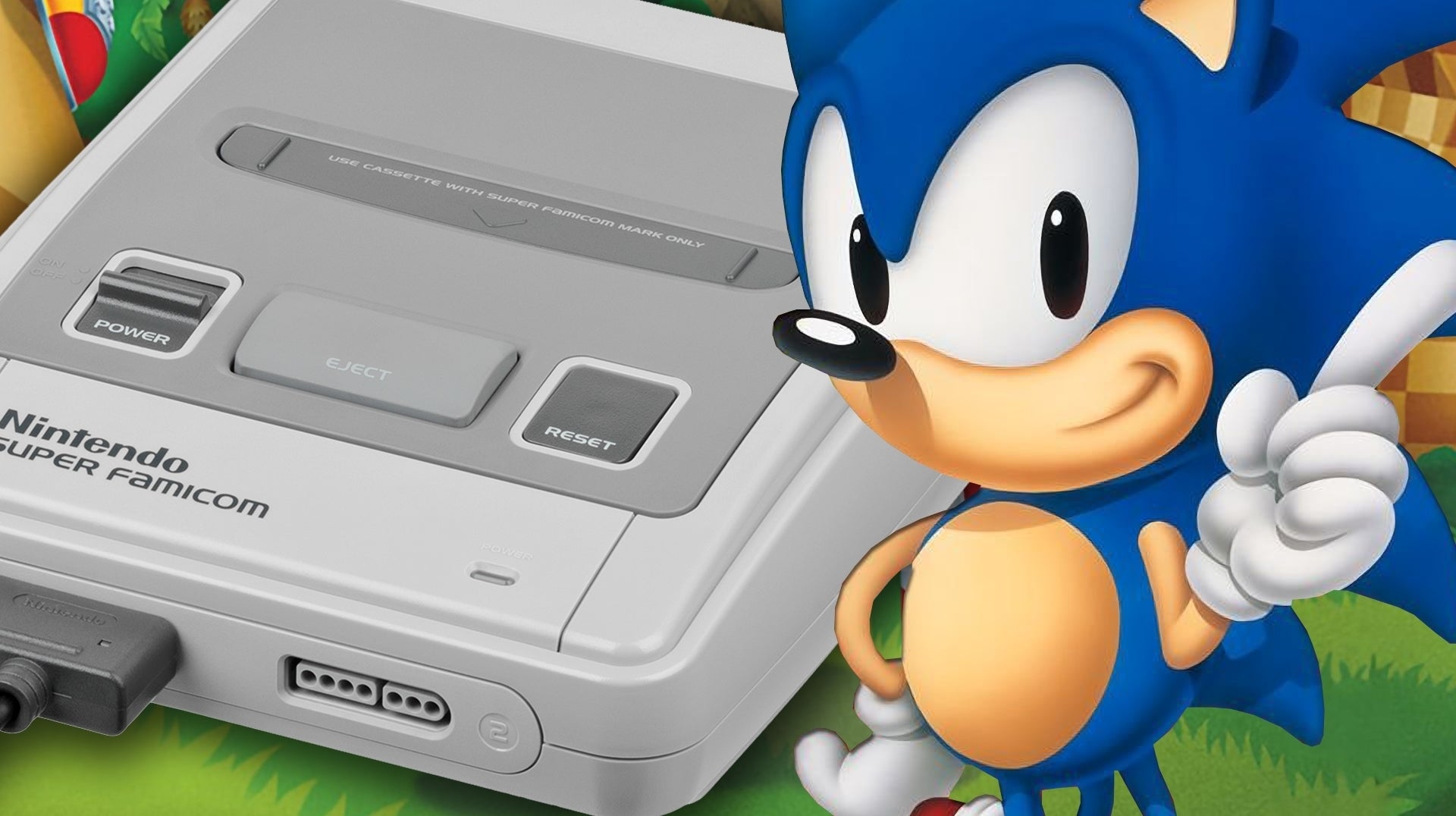What if Sonic the Hedgehog was ported to Super NES? What would it look like? How would it play? Could an engine designed specifically for the Sega Mega Drive/Genesis transfer gracefully to Nintendo’s 16-bit machine – even without Blast Processing? After 29 years, we finally have some answers and we’ve seen and played a convincing SNES port of one of Sonic the Hedgehog’s levels.
On the NesDev forums, noted Mega Drive programmer TiagoSC posted a tech demo, showcasing the third stage of the Green Hill Zone, and it’s a fascinating piece of work. Of course, we’ve seen fan-made attempts to bring rival platform mascot characters to other consoles before, but what sets TiagoSC’s work apart is that the work carried out is actually based on original Sonic code (courtesy of SonicRetro’s disassemblies of the engine), then embellished with SNES-specific customisations for more optimal performance.
Two key aspects define a Sonic game – first of all the speed of the scrolling and the range of the tiles that define the landscape. Secondly, and crucially, there’s the physics of Sonic himself. This is a game about speed and momentum and getting the way Sonic acts and reacts to the gradients and loop-the-loops is a make-or-break factor in delivering a good Sonic experience. TiagoSC’s tech demo is one of the few efforts that gets it right (bar very, very slight changes) as you can see in this playthrough, where I tested it on original Super NES hardware – on a CRT, of course.
It’s a convincing facsimile in many ways but obviously quite different too – mainly because the Super NES was a very, very different machine to its Sega rival, something we’ve seen emphasised by multi-platform projects of the era like Pitfall: The Mayan Adventure, a game I’ve looked at in depth in a prior DF Retro episode. At the most basic level, the two systems operate at different resolutions. The Sega machine typically ran at 320×224, though it supports lower resolutions as well, whereas the Super NES standardised at 256×224. In the case of this Sonic port, there is a fundamental change to the presentation simply because you see significantly less of the play area. However, the Nintendo machine had advantages of its own including a wider colour gamut – and again, this is taken advantage of in TiagoSC’s port.
